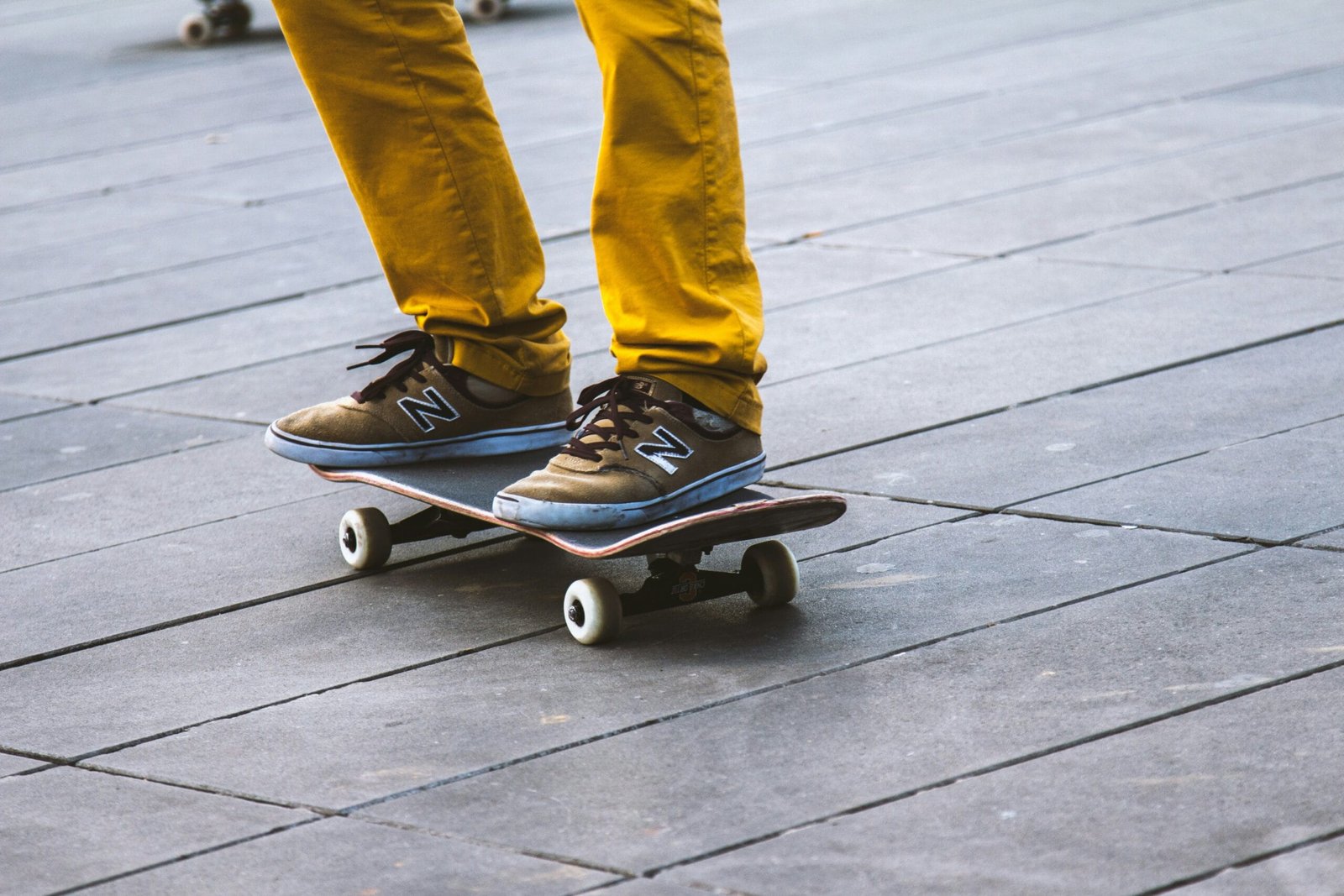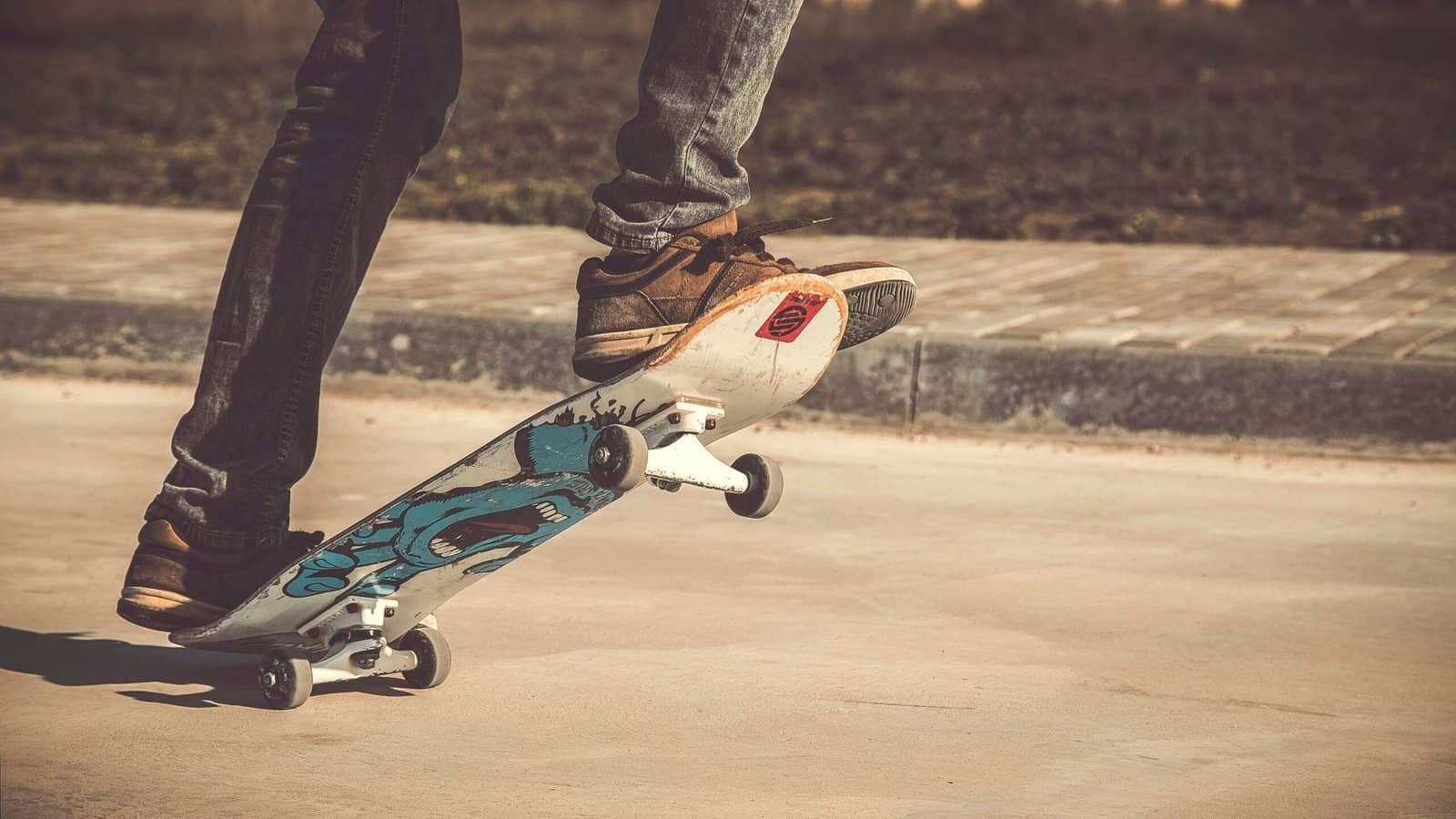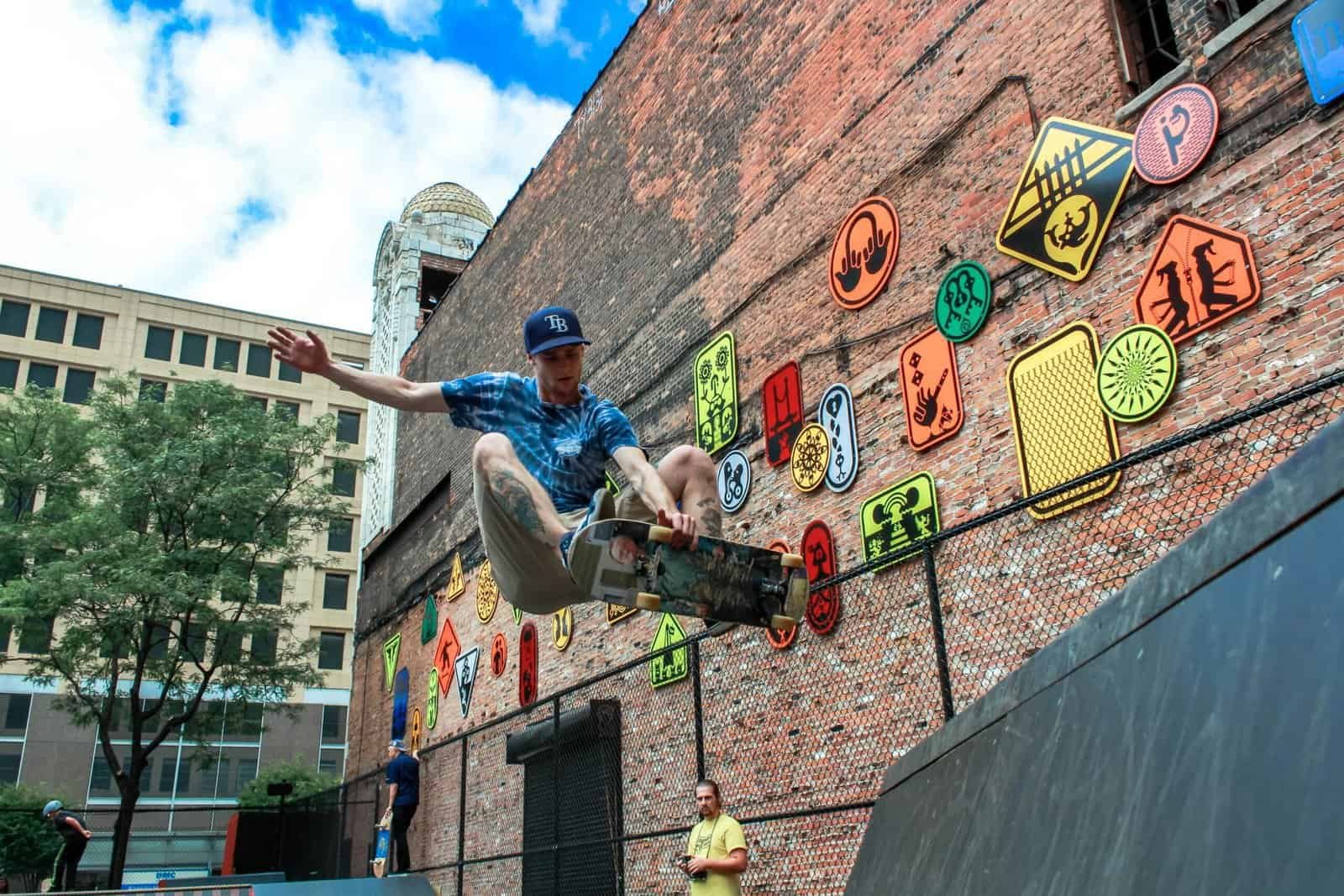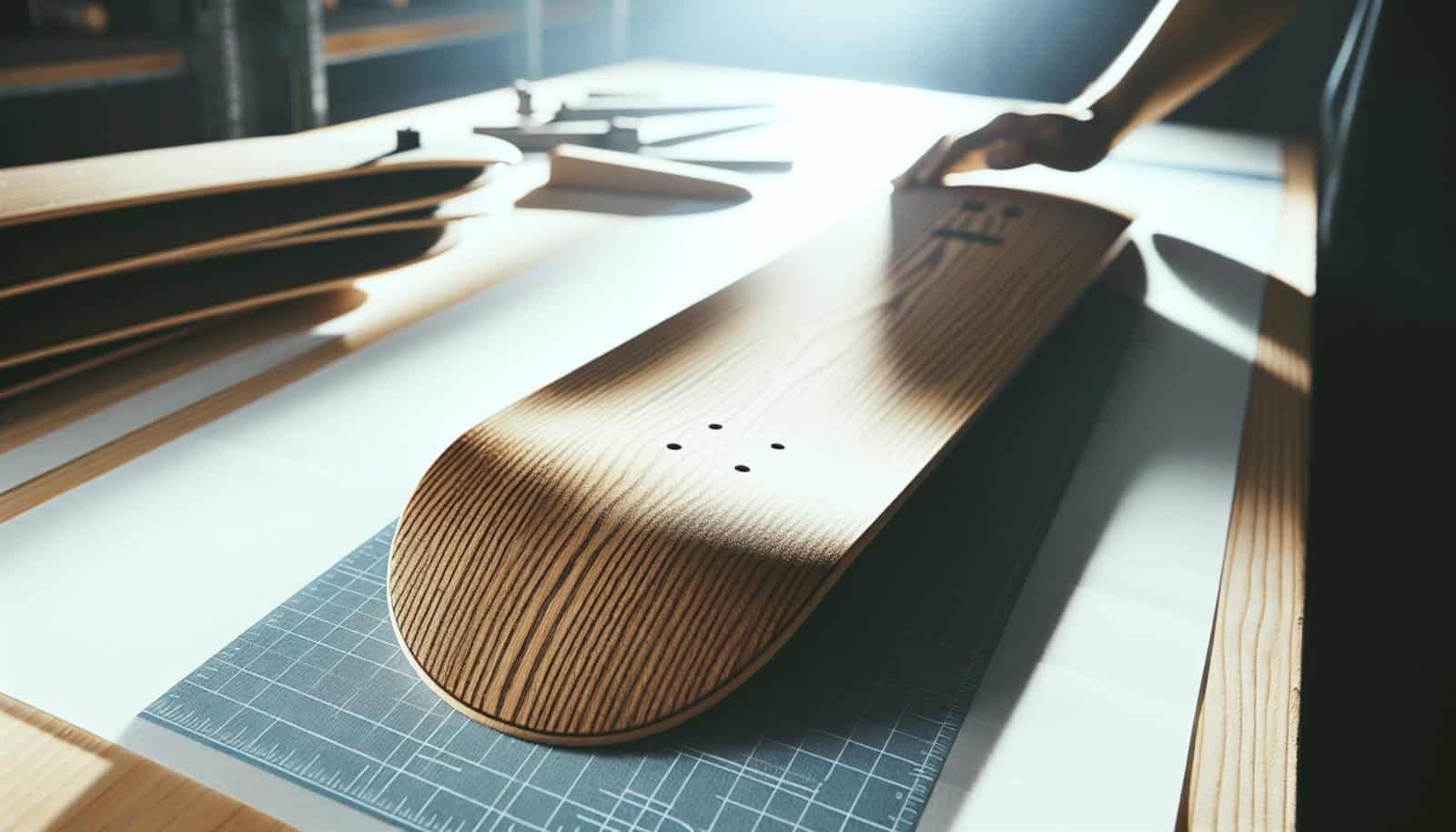Have you ever wondered why your skateboard deck starts looking worn out at the ends, affecting not just its aesthetics but also your ride? This common issue is known as a razor tail, and it’s something many skateboarders face with regular use. Let’s walk you through understanding what a razor tail is, how you can prevent it, and if it’s actually fixable. You’ll emerge from this with a new set of knowledge to keep your skateboard in prime condition.

What Is a Razor Tail on a Skateboard?
Razor tail occurs when the tail or nose of your skateboard wears down over time, forming a sharp edge resembling a razor. This happens due to unavoidable factors like friction when you pop your board during tricks or when you drag your tail on the ground to stop. In a way, it’s the wear and tear that every skateboard endures, but there are ways to manage it to prolong your board’s life.
Effects of Razor Tail on Your Skateboard
The presence of a razor tail might not seem like a big deal initially, but it has several impacts on both your skateboard’s performance and your skating experience. Here are a few worth noting:
- Decreased Pop: The razor-sharp edge can reduce the amount of pop your board has, making tricks more challenging.
- Compromised Safety: It can become dangerous as the sharp edges might lead to cuts or injuries.
- Weakened Deck Structure: Over time, the structural integrity of your board can be compromised, leading to potential breakage.
- Unpleasant Aesthetics: A worn-out tail detracts from the visual appeal of your skateboard.
Why Does Razor Tail Happen?
Understanding why razor tail happens is the first step towards preventing it. Skateboarding mechanics are such that contact between your board’s tail and hard surfaces is inevitable. Every skater stops, turns, and pops their board, which contributes to the wearing down of the tail. Here are some specific reasons:
- Frequent Trick Performances: Tricks like ollies, where you must pop the tail to lift the board, can wear down the edges quickly.
- Manual Stopping: When you drag the tail to stop, it grinds against the pavement, creating wear.
- Rough Surfaces: Skating on rougher surfaces accelerates the wear and tear on your skateboard’s tail.
How Can You Prevent Razor Tail?
While it’s impossible to stop razor tail entirely, you can certainly take steps to reduce its impact. Here, we’ll delve into several ways to prolong your skateboard’s life and keep it performing optimally.
Investing in Tail Guards or Skid Plates
One of the most popular preventive measures is using tail guards or skid plates. These are protective gear that can be installed on your board to reduce the friction and impact on the tail. They don’t interfere with the board’s performance but help in prolonging its life.
Developing Proper Stopping Techniques
Try to avoid stopping by dragging your tail. Instead, you can use your foot to slow down, reducing the damage to the board’s tail. Learning and practicing alternative stopping techniques can greatly decrease wear over time.
Skate on Smooth Surfaces
Try to stick to smoother surfaces as much as possible. Rough and abrasive terrains can shorten your board’s lifespan. While this might not always be feasible since not all skate spots are paved perfectly, choosing the smoother alternative when possible helps in the long run.
Regular Maintenance and Inspection
Routinely inspecting your skateboard for signs of wear and tear can help you address potential issues before they become bigger problems. Maintenance doesn’t only apply to the wheels and trucks, but extends to the deck and its edges.
Rotating the Use of Front and Back
By switching up which end of the board you lead with, you can evenly distribute the wear over both ends of the skateboard. This simple action can effectively double the time it takes for razor tail to develop on any single end of the board.

Is Razor Tail Fixable?
As the saying goes, “Prevention is better than cure,” but even with preventive measures, a level of wear is inevitable. Once razor tail starts to manifest, you might wonder if fixing it is a viable option. The answer? Yes, to some extent.
Sanding Down the Edges
For slight razor tails, sanding down the sharp edges can be quite effective. All it takes is some sandpaper and a bit of patience. Sanding smooths the edges and removes splinters, reducing the risk of injury and slightly improving the board’s visual appeal. Here’s a brief guide:
| Steps | Description |
|---|---|
| 1 | Use a medium-grit sandpaper to sand the razor tail evenly. |
| 2 | Smooth over with fine-grit sandpaper to polish the area. |
| 3 | Wipe down with a damp rag to remove dust and debris. |
Reinforcing with Epoxy Resin
For slightly more severe cases, a thin layer of epoxy resin can be applied to the tail to offer some protection. This not only smooths the surface but adds a layer of durability. Remember, this method might alter your board’s weight slightly and won’t restore the pop fully but enhances the board’s lifespan.
Replacing the Deck
While not exactly an option for fixing, sometimes the best cure is replacement, especially if your deck is severely worn. This option might sound drastic, but if you’re serious about skateboarding, investing in a new deck can significantly improve your performance and reduce the risk of injuries.

Practical Tips to Extend Your Skateboard Deck’s Life
Beyond the direct methods to prevent and address razor tails, extending the life of your skateboard deck is crucial. Happy and healthy boards perform better and make for a safer skating experience. Here are simple and effective tips:
Keep Your Board Dry
Water is one of the greatest enemies of wood, which is what most skateboard decks are made of. Ensure that your skateboard doesn’t stay wet for prolonged periods, as wetness can lead to warping and weakening of the board.
Store in a Cool, Dry Place
When not in use, store your skateboard away from direct sunlight and moisture. Extreme temperatures can lead to the wood contracting or expanding, which in turn affects its structure and longevity.
Avoid Extreme Weight Impact
Try to avoid jumping on your board from great heights more than is necessary. The force of frequent, hard landings can not only affect the tail but might even cause cracks or splits along the entire deck.
Regular Wheel and Truck Maintenance
Don’t forget that wheels and trucks play a significant role in your skateboard’s overall functionality. Maintaining them ensures balanced weight distribution and reduces uneven wear on your board.

Key Takeaways
Taking good care of your skateboard is not merely about extending its life but also about improving your skating experience. While razor tail is a common problem every skater faces, understanding how it develops and taking preventive measures can significantly mitigate its effects. Always practice proper skating techniques, maintain your board, and know when it’s time to replace parts to ensure your ride is both safe and enjoyable.
With this knowledge, you are now better equipped to keep your skateboard in top shape, avoiding the pitfalls of a razor tail and staying at the peak of your skateboarding game. Remember, a well-maintained skateboard not only looks better but performs better, allowing you to enjoy the freedom and thrill that comes with every ride.

